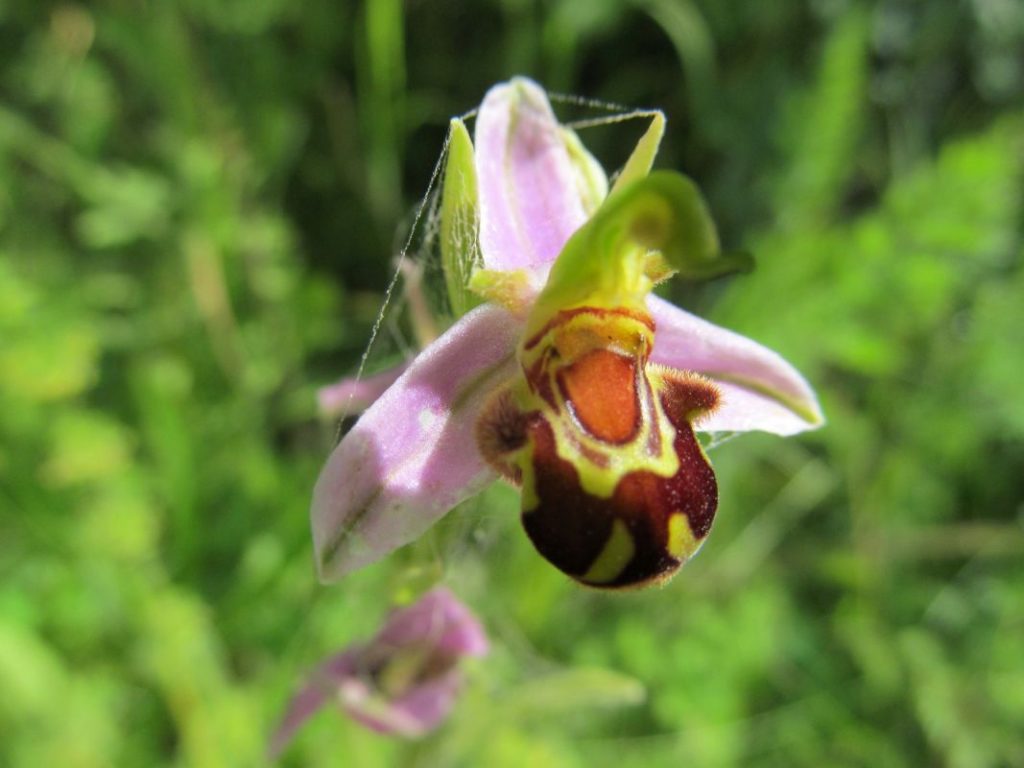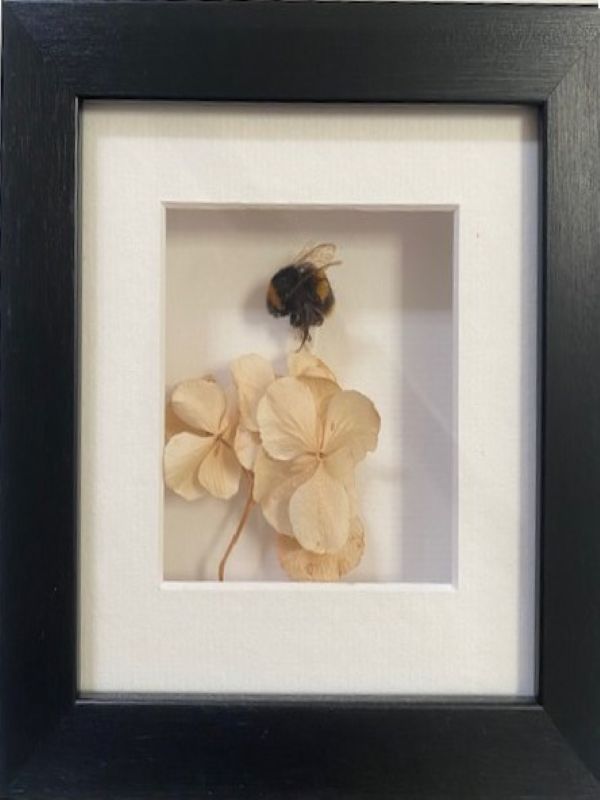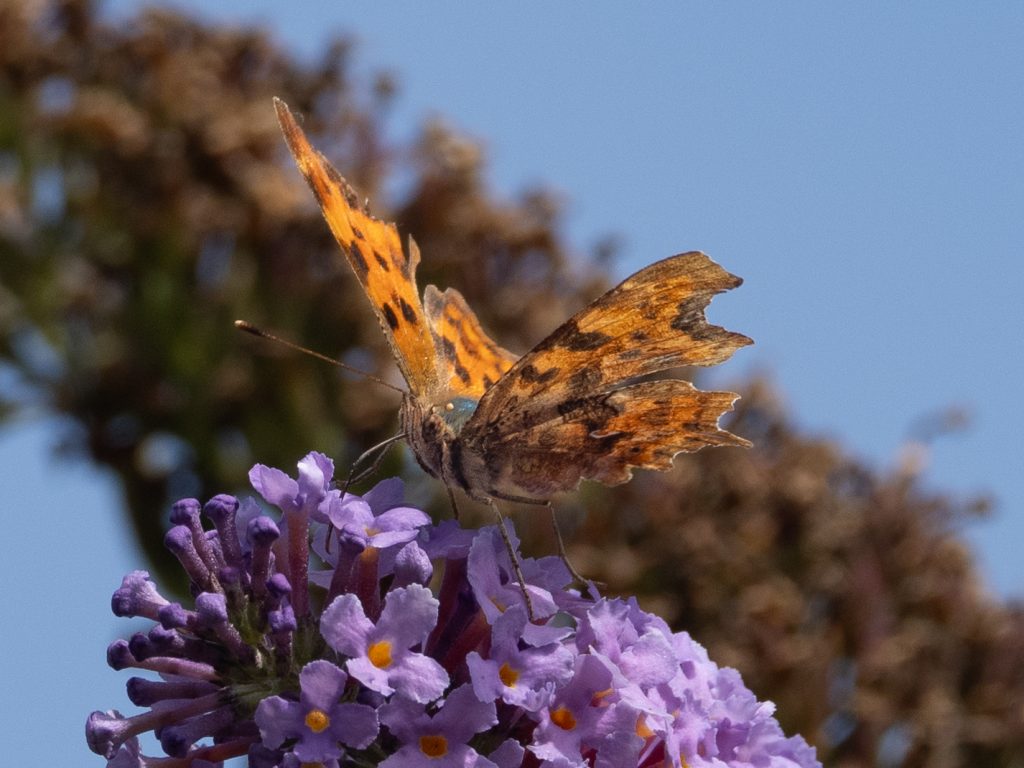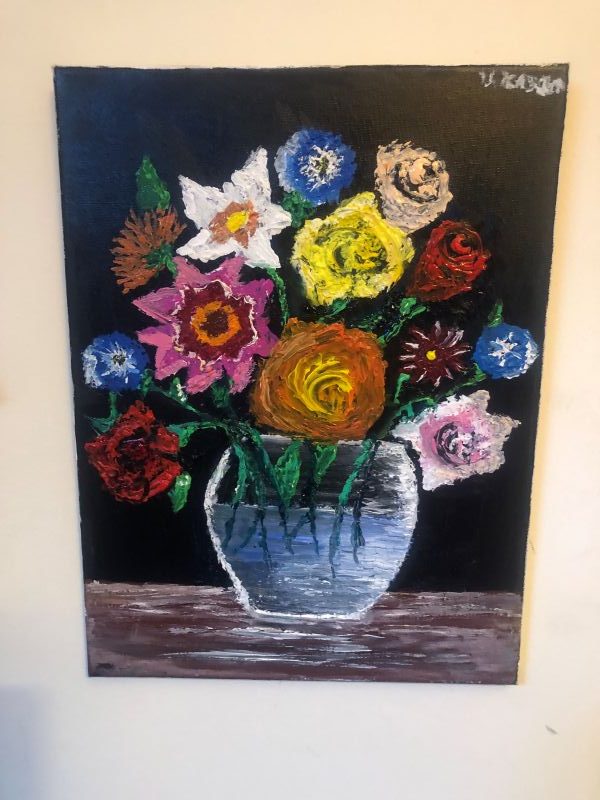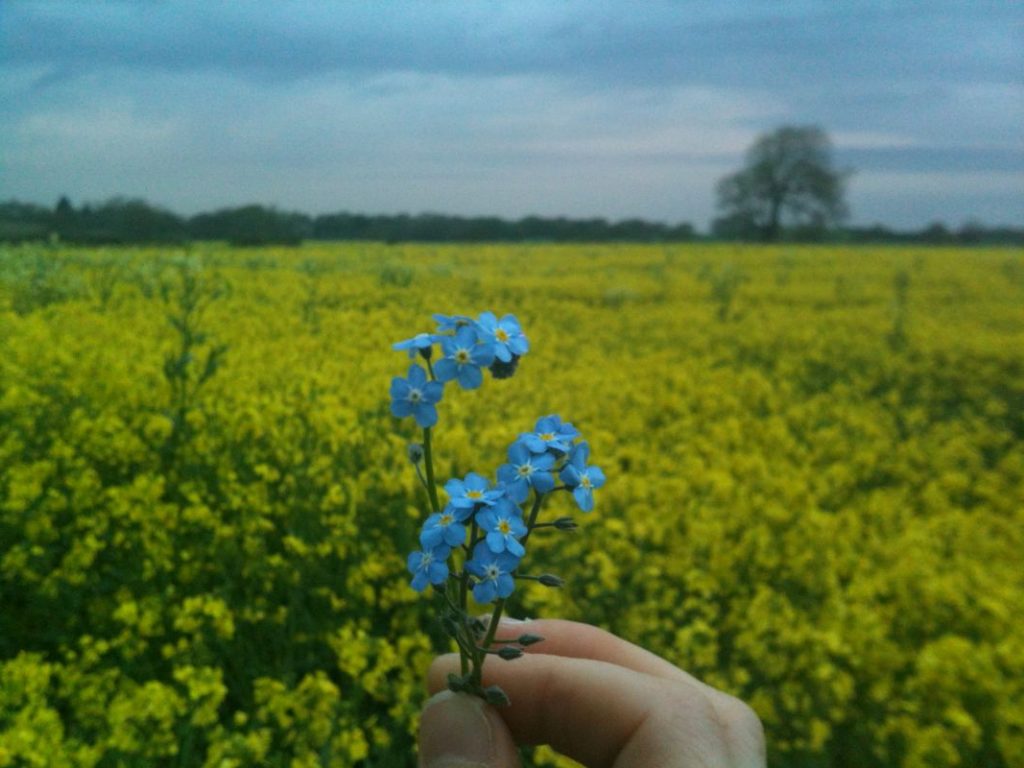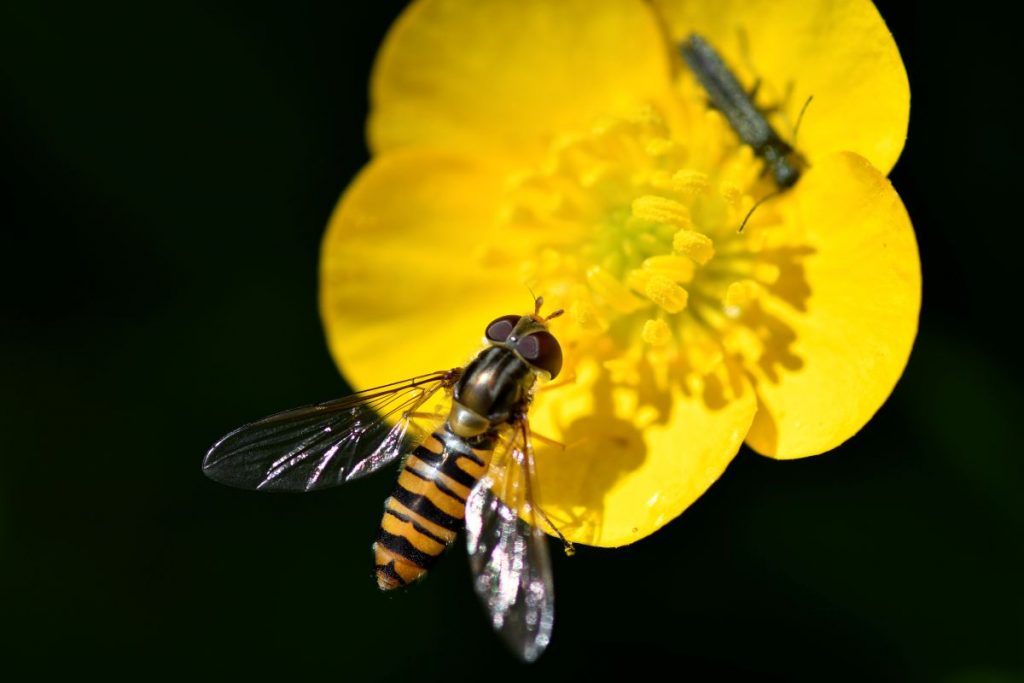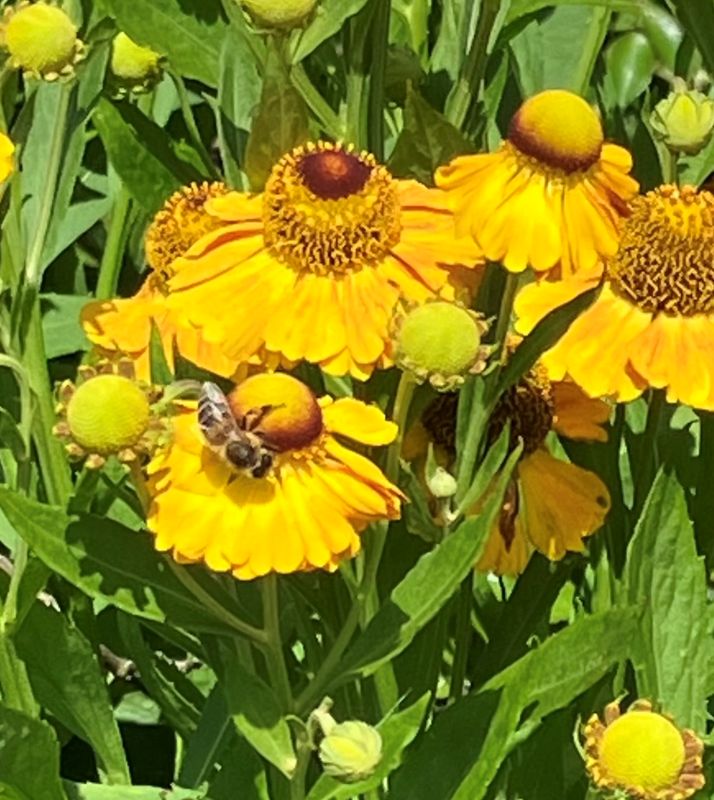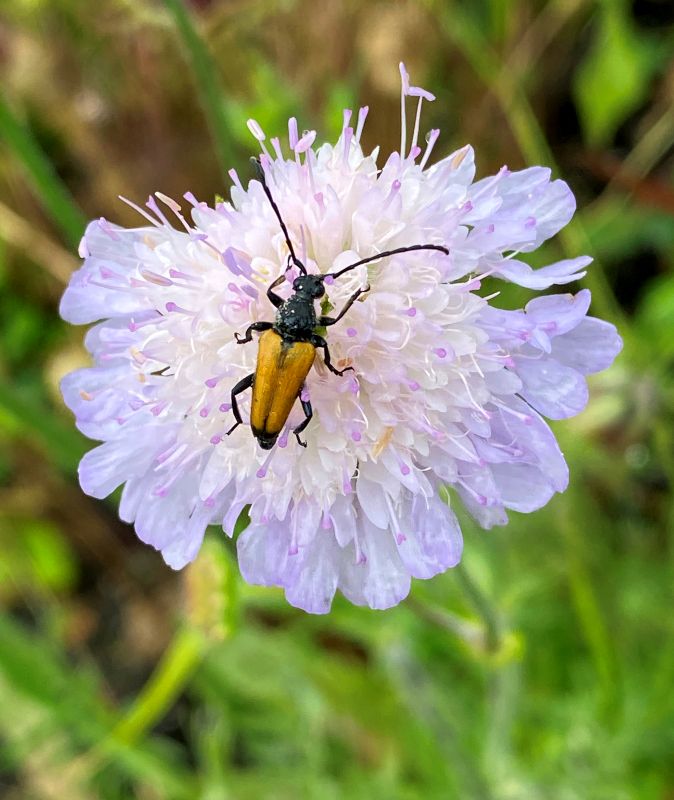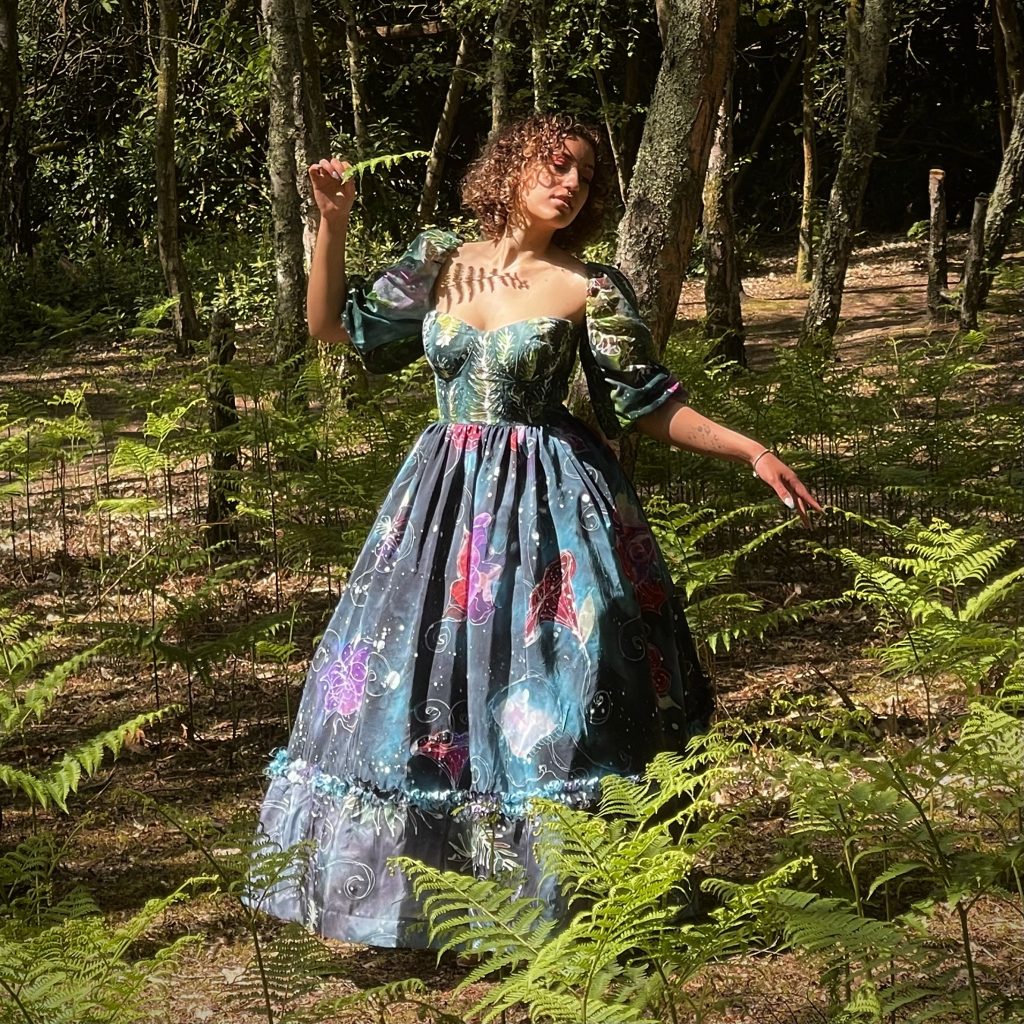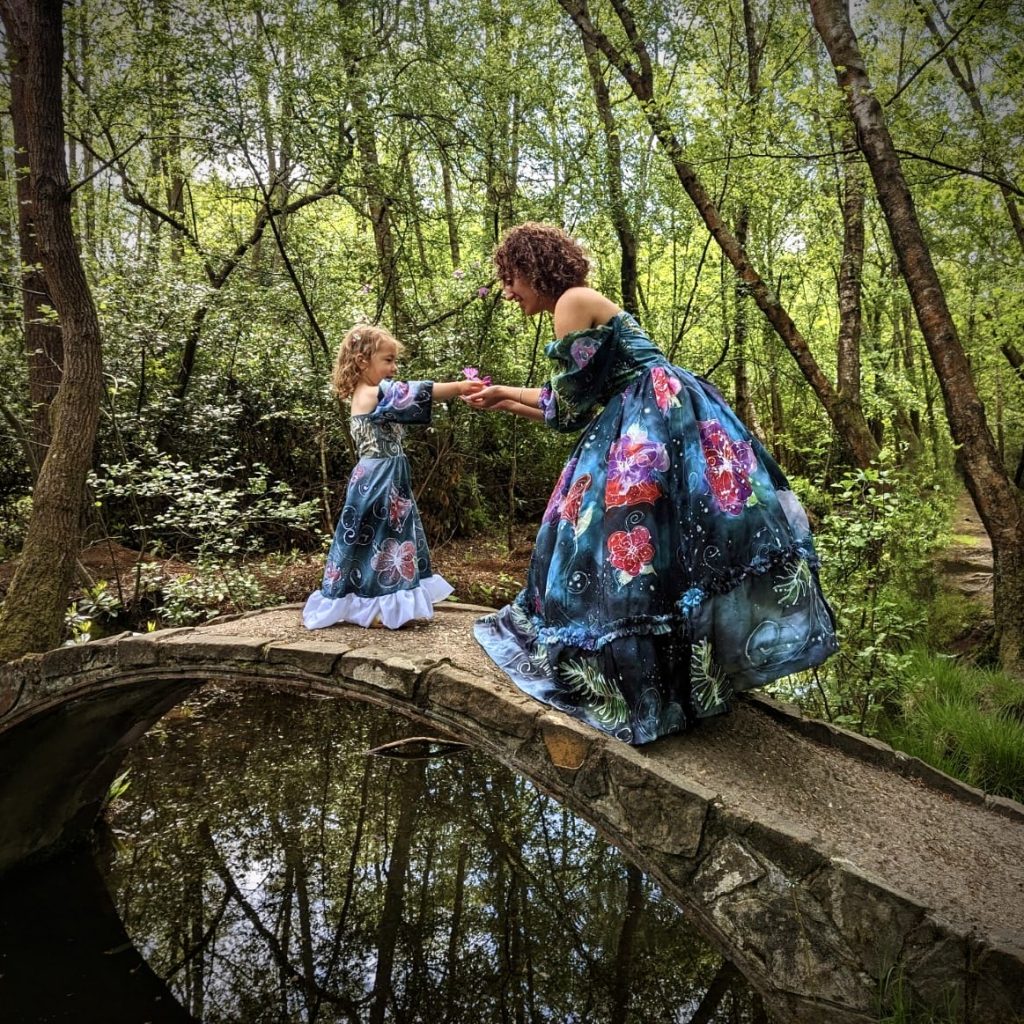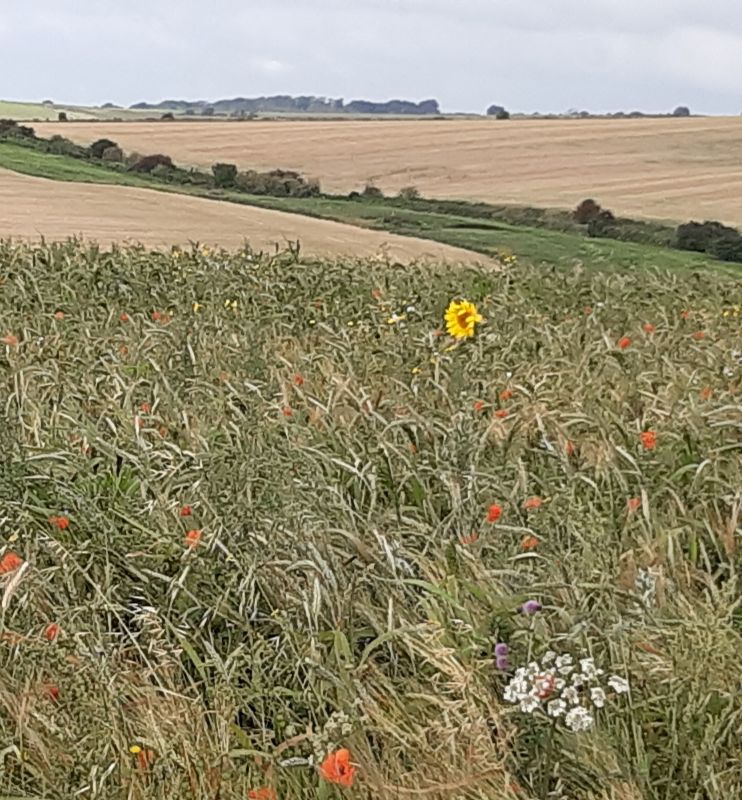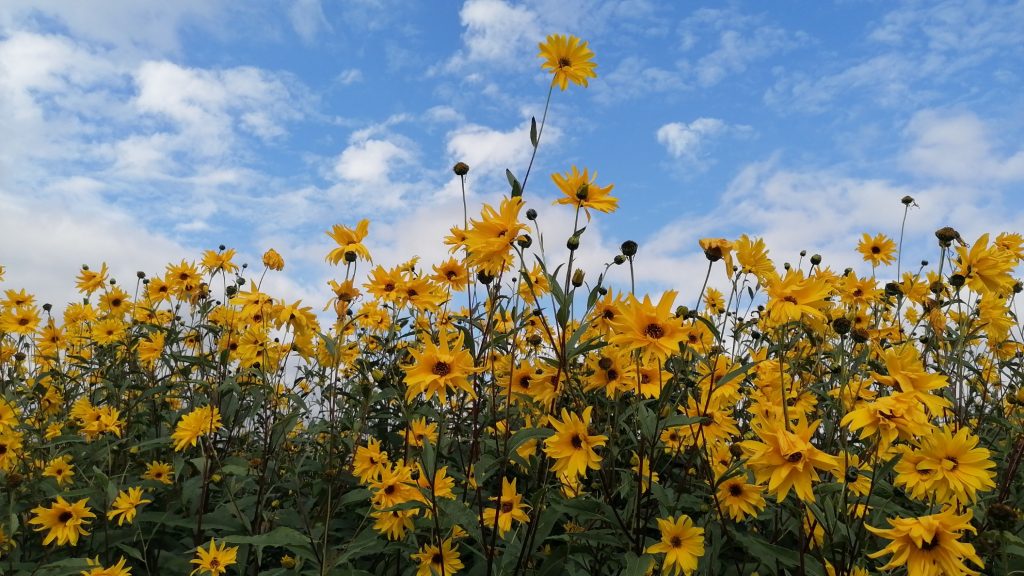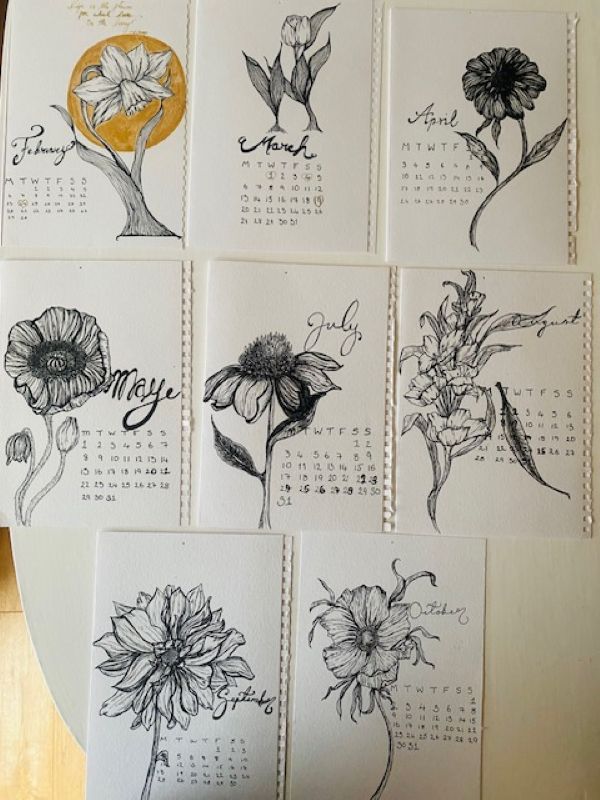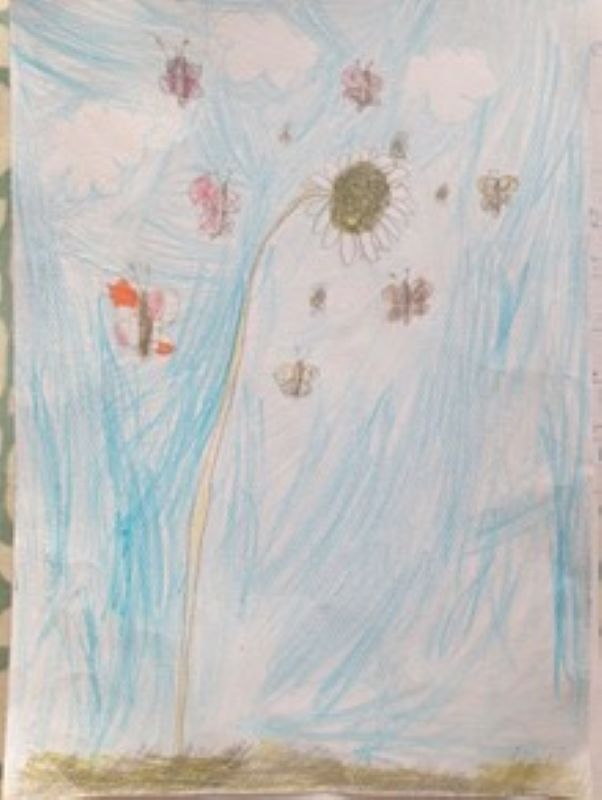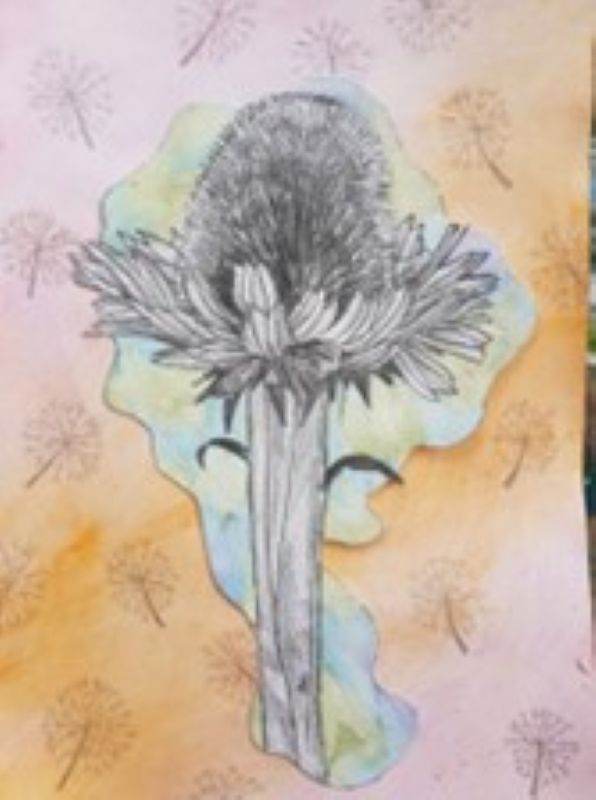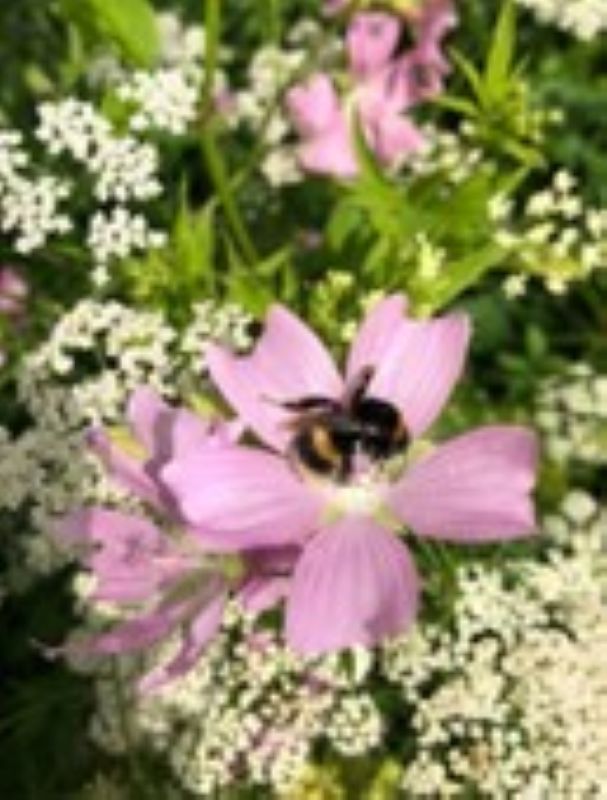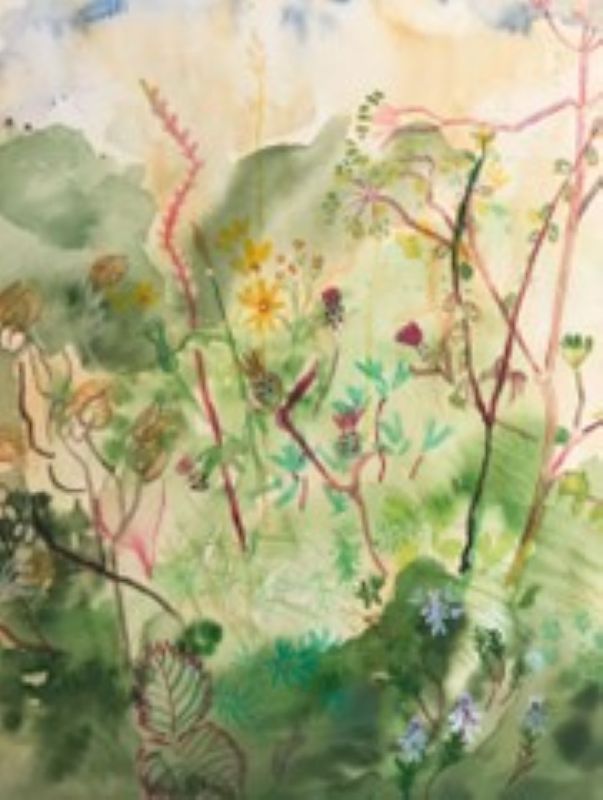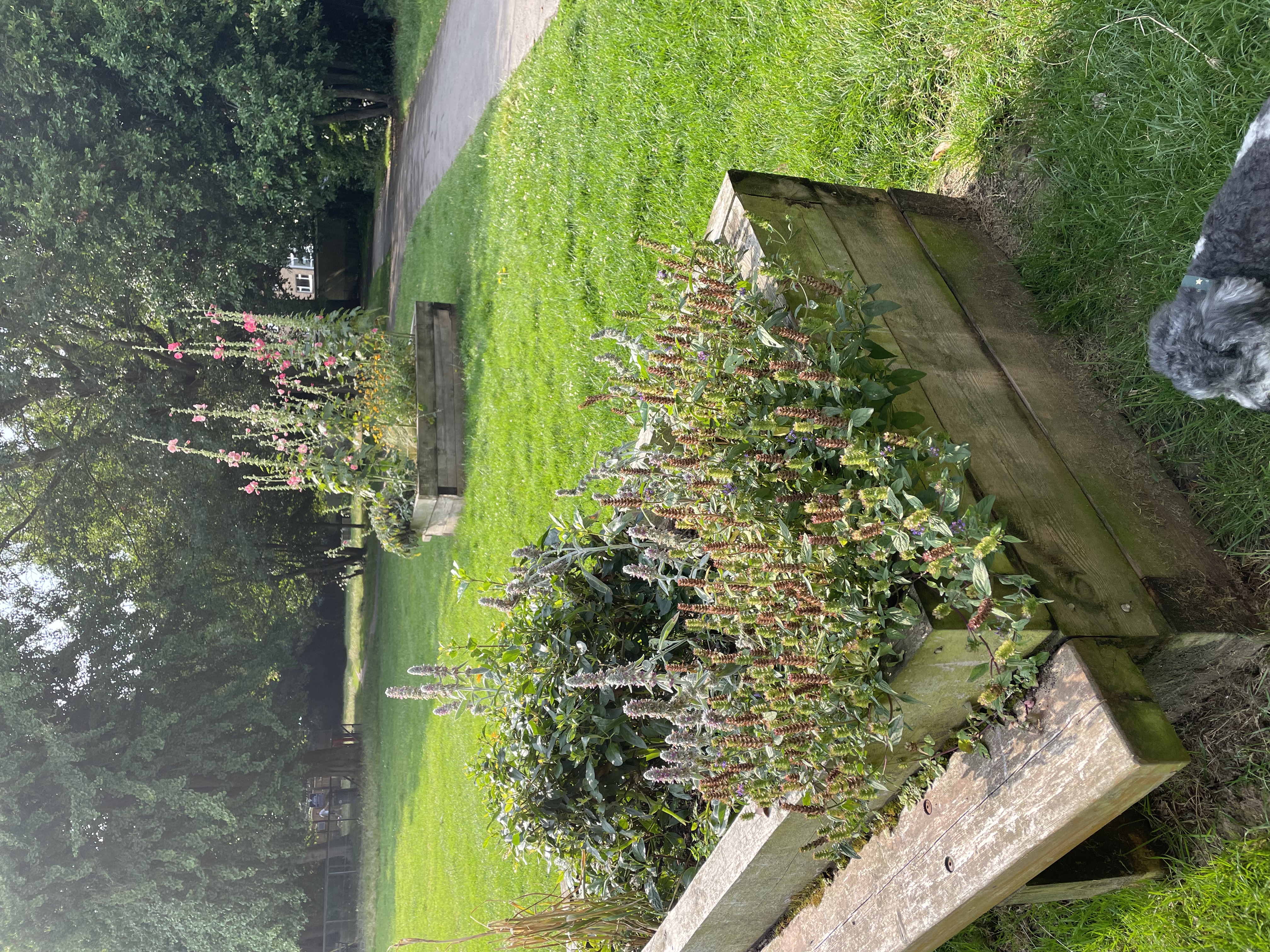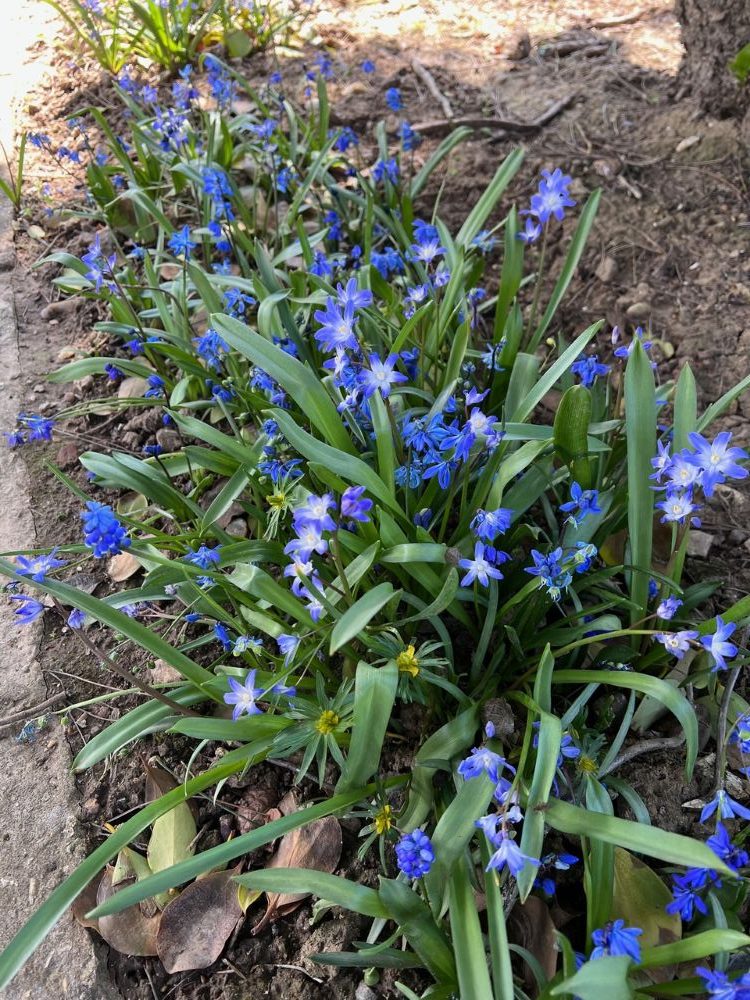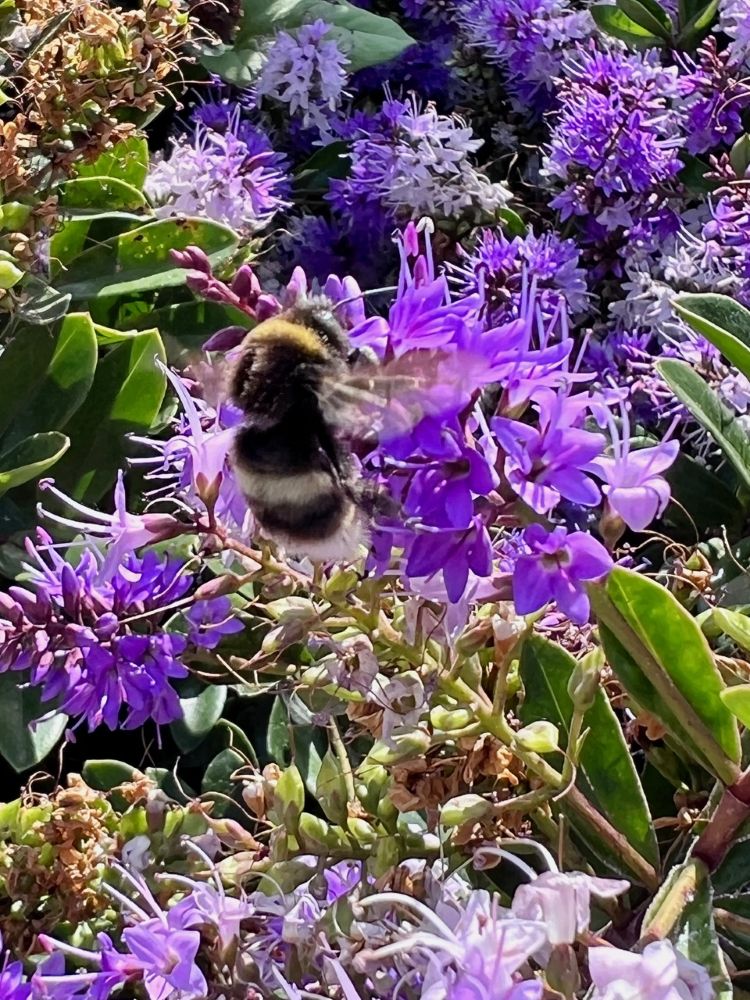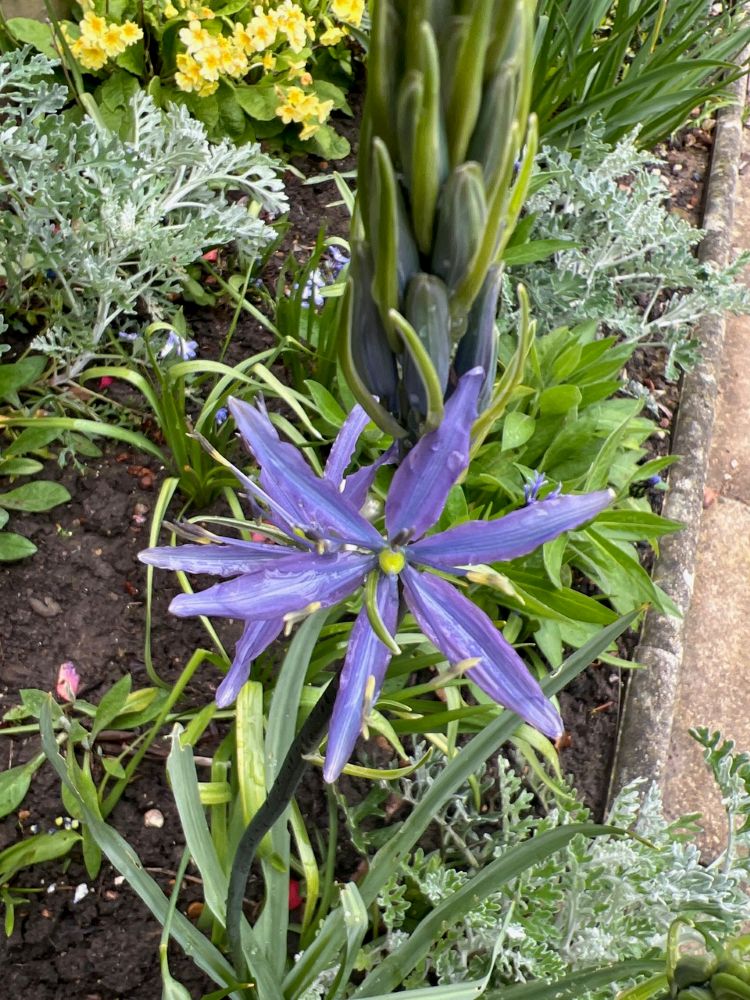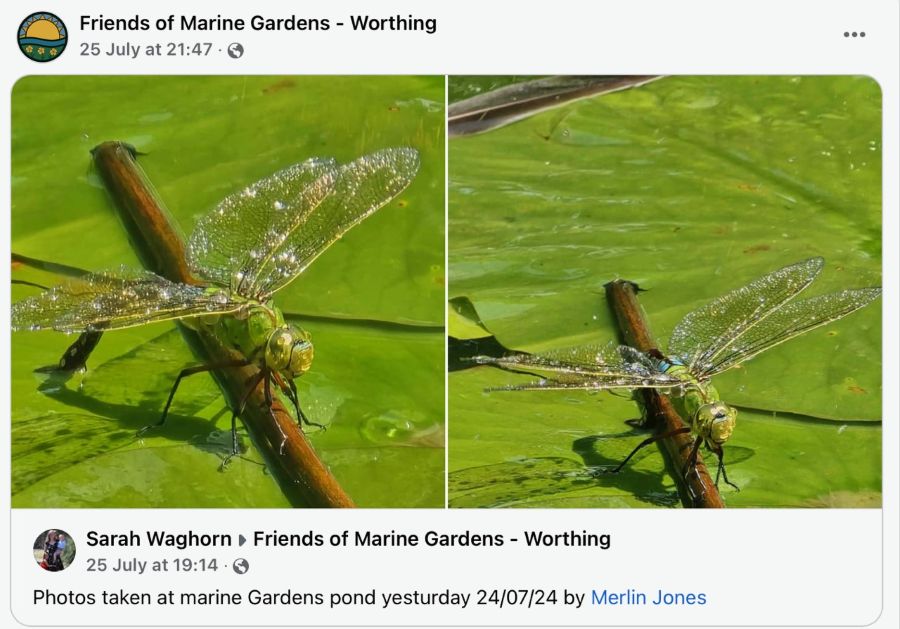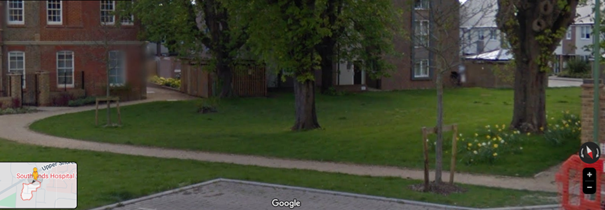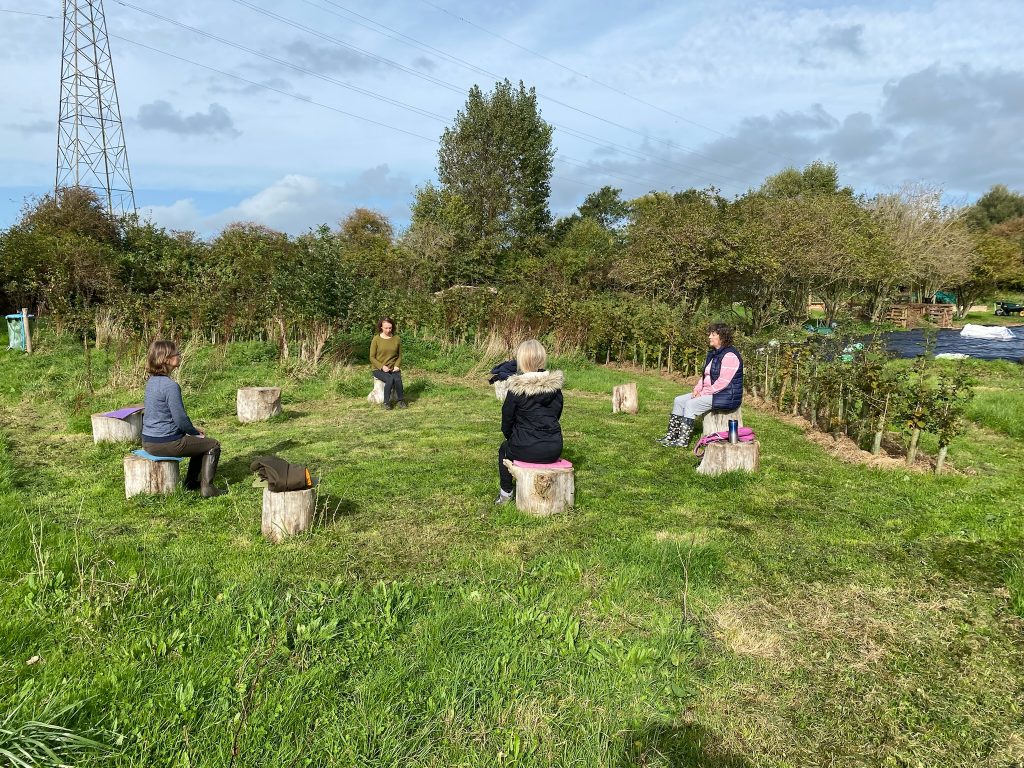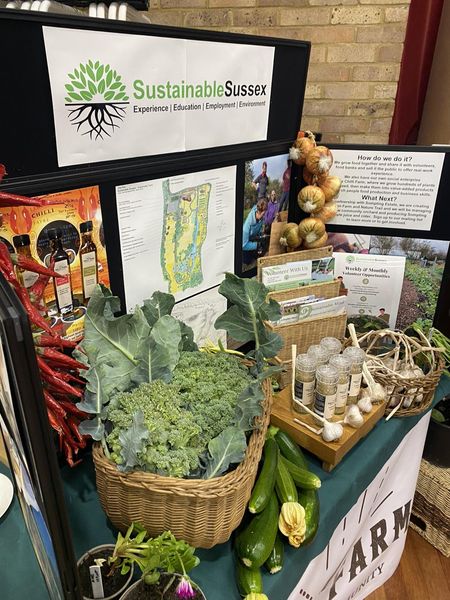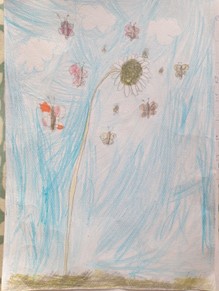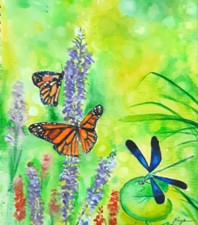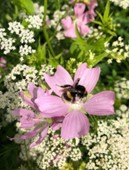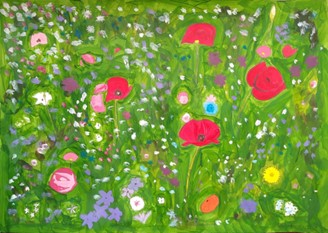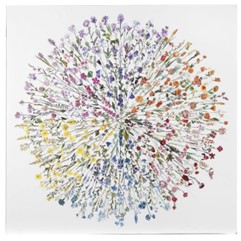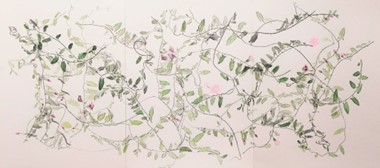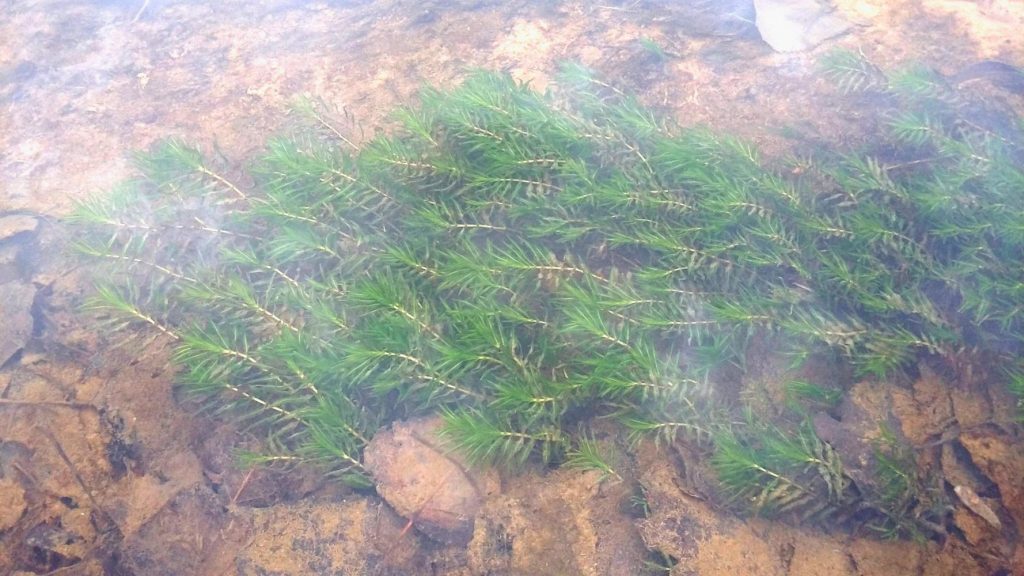Bus Route: 8 & 8a Open to the Public 24/7
Ferring Conservation Group was founded in 1988, and its object is to secure the conservation
and preservation of the wildlife, beauty and present character of Ferring. It currently has in the
region of nearly 900 members, and holds regular meetings with visiting speakers on a
conservation theme, carries out practical work at various sites around the village including
clean-ups, plus organises various wildlife walks and visits. In 2016 it was granted the Queen’s
Award for Voluntary Service for its work.

Members help to maintain and conserve a number of areas in Ferring. These include Warren
Pond in the south of the village, which is owned by Ferring Parish Council, and is one of the last
truly wild areas locally. It is home to a colony of rare Great Crested Newts, and work is ongoing
to improve the number of native wildflower plants by a series of planting, as well as sensitive
general management. A Hibernaculum for small reptiles and amphibians has been created, as
well as a “Dead Hedge. Examples of the plants here include Purple Loosestrife, Hemp
Agrimony, Gypsywort and Ragged Robin amongst others.

Other sites include the boat at the foot of Sea Lane, Ferring, where plants include Thrift, Sea
Campion, and Bird’s Foot Trefoil, and the nearby raised shingle beds on Patterson’s Walk at the
foot of Ocean Drive, and plants here include Valerian, Viper’s Bugloss and Sea Holly. Both of
these sites replicate the natural Vegetated Shingle areas on the main beach itself where a good
display of Sea Kale and Yellow Horned-Poppy can be seen.

Regular monthly work parties are held at the above sites plus others in Ferring.
In addition, Arun District Council annually create wildflower beds in the following parks and open
spaces: Glebelands recreation ground in Rife Way, the Village Green and Little Twitten
recreation ground near St Andrew’s Church (where there is also a wild area for native plants)
For further information please visit: https://www.ferringconservationgroup.co.uk/

